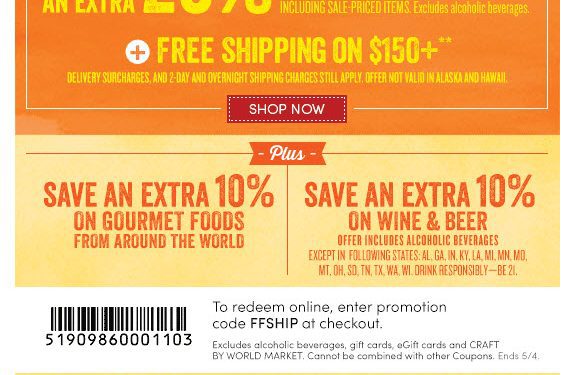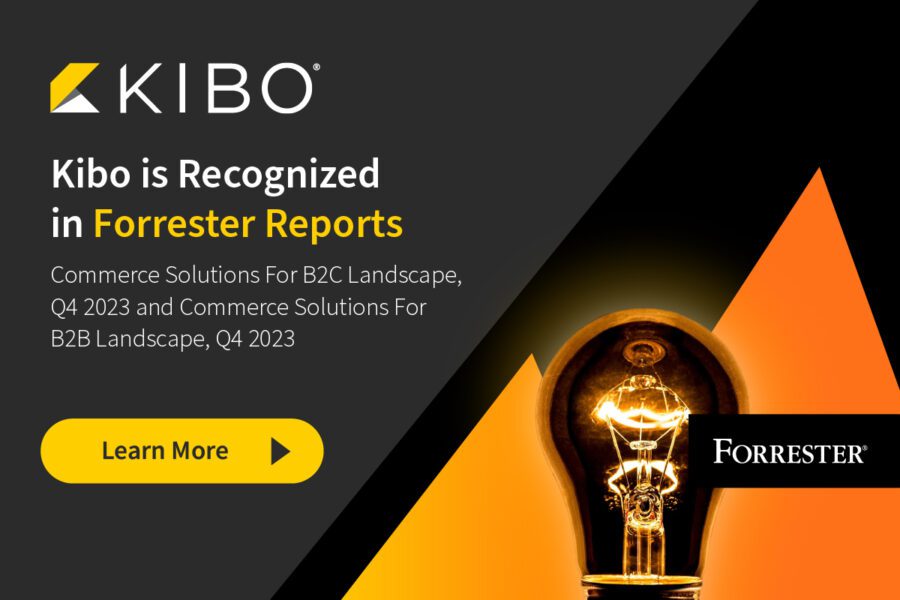The old saw “the customer you’ve got is gold” has never been more true — and not just because repeat buyers are lucrative. With costs rising for acquisition activities, from paid search to social advertising, prioritizing retention can keep marketing budgets on track. But there’s still another reason to focus on existing customers: through referral programs, they themselves can be a valuable source of new business.
The value of word-of-mouth referrals is by now well proven. Recommendations from friends and family continue to top the list of trusted sources when it comes to influencing purchasing decisions, according to 2015 research from Nielsen. Once they buy, referred customers’ average order value is 20% higher, profitability is 25% greater, and they’re four to five times more likely to refer new customers themselves than the rest of the customer base, according to the Loyalty Marketers’ Association.
Merchants are increasingly attempting to tap this potentially valuable resource with referral programs that incentivize both the original customer and the referral to participate and purchase. Among the emerging best practices:
When developing incentives, rely on the experts. Merchants should use customers as their guide when sorting through the options for incentivizing referrals, whether it’s a percent-off offer for future purchases or a straight cash payout for new customers. In addition to surveying customers outright about the preferences, merchants should study successful past promotions and buying patterns to determine the most likely winning combination. Product and industry type also factors into the equation; for example, purveyors of “buy it once”-type items such as furniture are less likely to entice participation from customers with a discount on still another purchase, and may fare better with a cash payout to the original referrer and a percentage discount to the referred customer. Once they’ve narrowed down their options, merchants should deploy A/B testing to test incentives and their presentation to determine which is most effective — and how best to communicate it.
Think Uber (i.e., think mobile) for signup and redemption processes. Most merchants know by now that if they wish to ride the rising tide of mobile visitors to significantly boost revenue, they must optimize to the hilt their transactional processes to minimize keyboard input and facilitate payment. The same goes for loyalty and referral programs: signup routines should be minimal, and redemption options should be fully integrated into checkout. Consumers have explicitly singled out loyalty program integration as the top feature they’d like to see in mobile wallet technologies they might use. And outside of retail eCommerce, user-friendly referral models are already seeing success at cutting-edge firms such as AirBnB and Uber, whose “free rides” promotion offers a simple one-for-one incentive and the ability to refer friends with a single touch.
Promote referral opportunities one-to-one. As we’ve discussed recently, relevance is key to eCommerce success moving forward — and that means merchants should target referral promotions individually as well as showcasing the program to all comers on the eCommerce site. Referral program promotions should be placed in post-purchase transactional emails and integrated into targeted marketing campaigns across touchpoints.
Kibo merchant Cost Plus World Market included its referral program in a “friends and family” discount event, appealing to shoppers looking for bargains and likely to share deals.
How are you encouraging customers to invite friends to buy?




